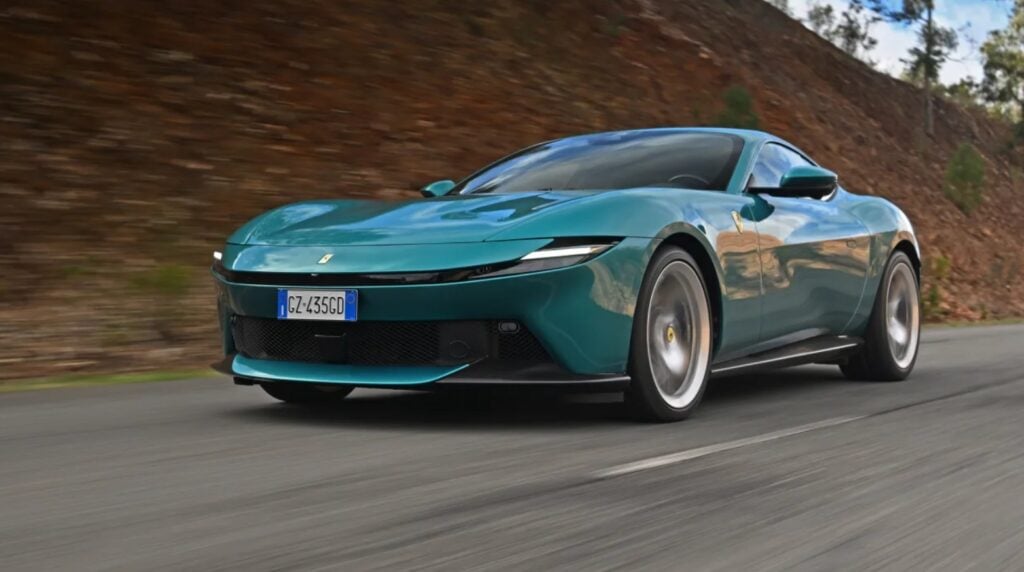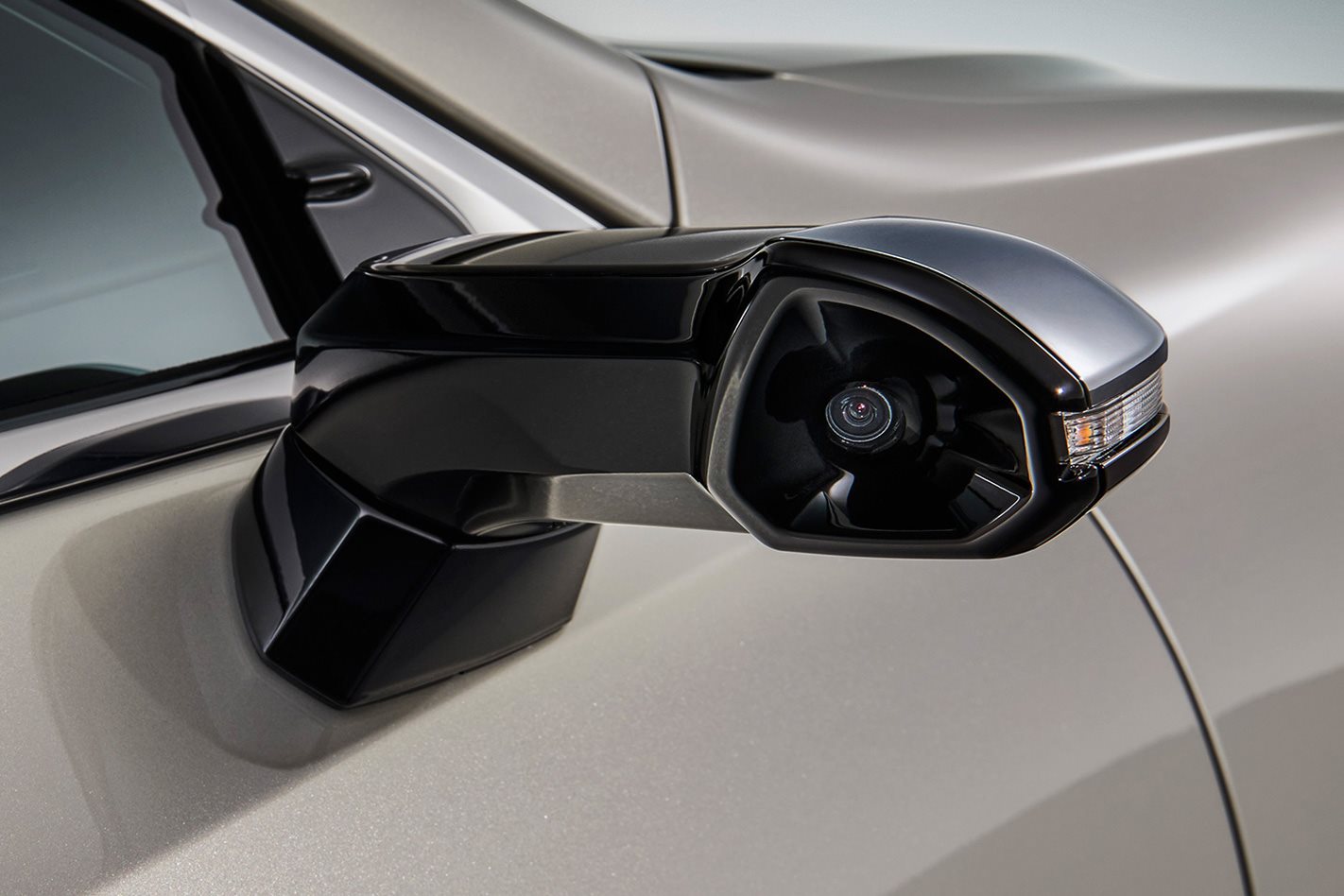
Browse the halls of any motor show and, among the selection of wild concepts on offer, you’ll likely start to spot some common themes. Those vast 24-inch wheels, side-exit exhausts and mirror-tinted windows are almost certainly not going to make it through to a production version.
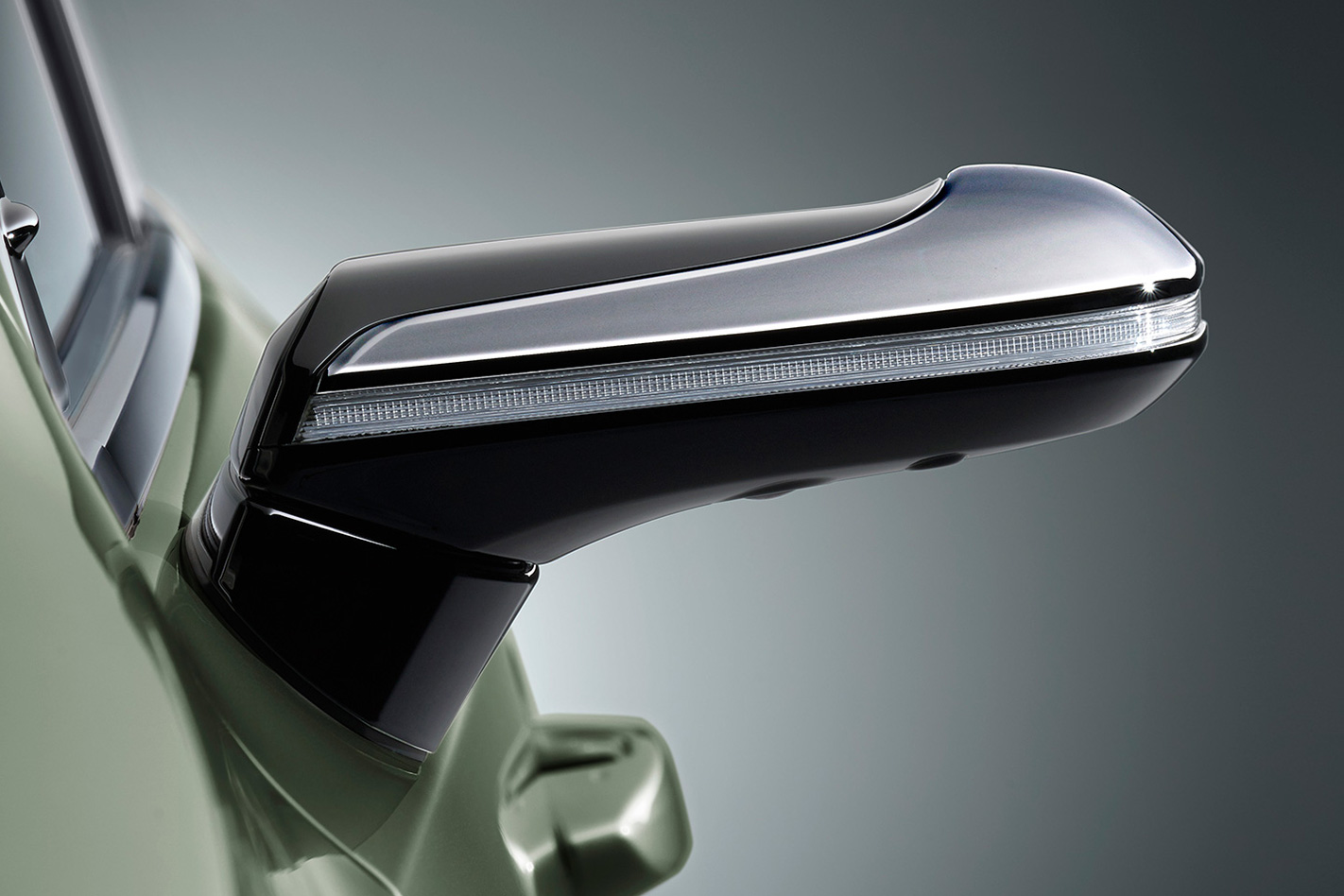
Another concept car folly is the substitution of conventional wing mirrors with rear-facing cameras, but it seems that particular tech has finally graduated from showcar fantasy to the production line thanks to the new Lexus ES.
In place of more conventional door mirrors – a solution that has remained unchanged for decades – the Japanese luxury sedan has cameras that project the rearward view along each side of the car to small screens inside the vehicle.
On first inspection, there may not seem to be an obvious advantage to justify the technologically more complex system that Lexus has dubbed ‘Digital Side-View’, but it says it won’t take long to convert naysayers.
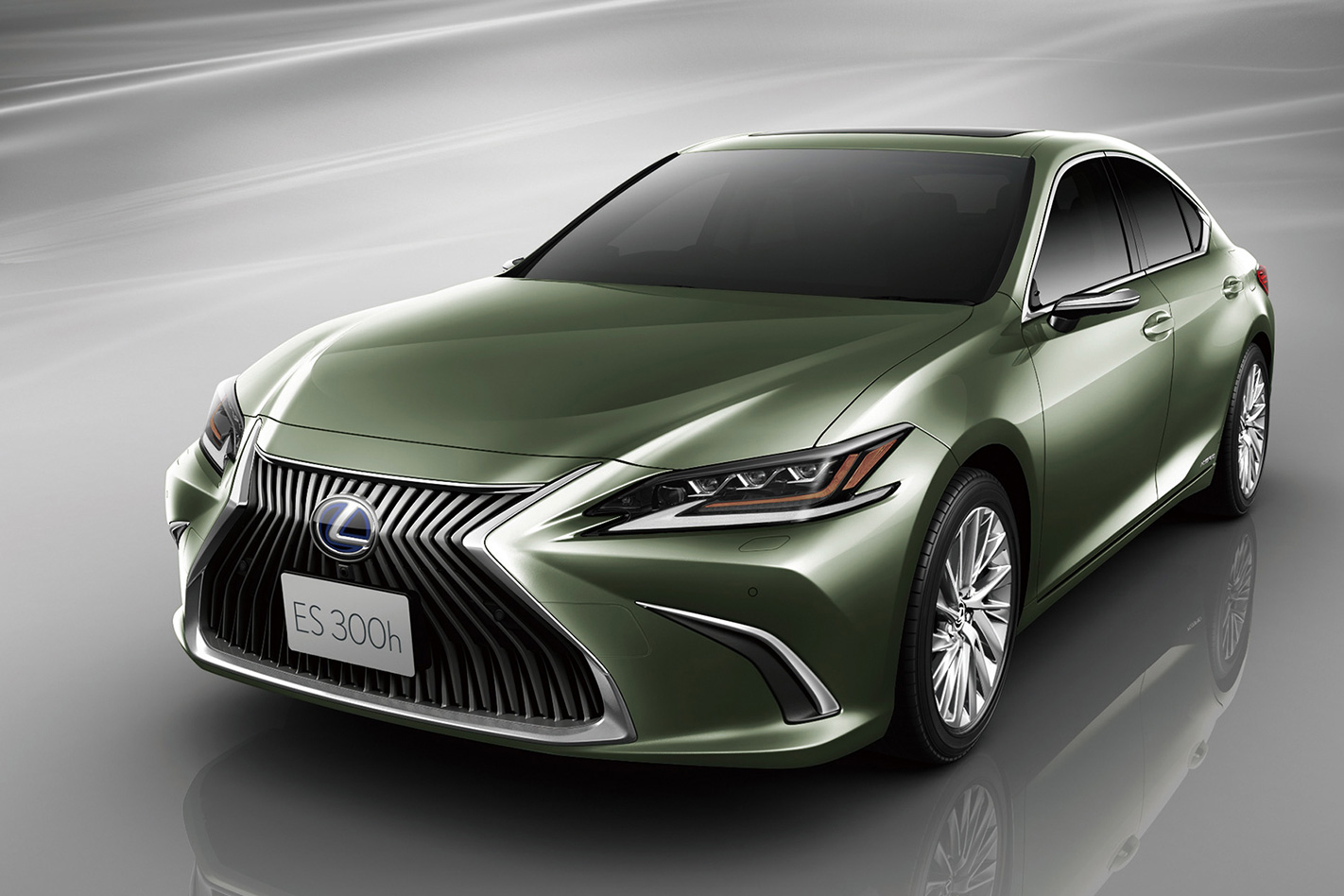
For a start, the cameras offer a broader field of view compared with mirrors, which have to distort the image with convex glass to match the camera’s wide-angled performance.
At night, mirrors can only reflect the available light, but the image from the cameras can be boosted for enhanced vision and safety in low light conditions. And while mirrors can be obscured by water droplets on the window pane or foggy glass, a camera always sends a clear image to the 5.0-inch screens thanks to its lens design.
The unorthodox design of the camera pods might take a little getting used to, but relatively large door mirrors partially obstruct the forward view. Not a problem for the slimline camera housings, which allow the driver to see more in front of the vehicle as well as behind.
Images from each door camera are processed by a central system that can add in imagery from the reversing camera depending on the driving scenario. When an indicator is activated, the system enhances the relevant side of the vehicle and when reverse is selected, the view behind the car is prioritised. The screens also incorporate blind-spot warnings and approaching vehicle alerts.
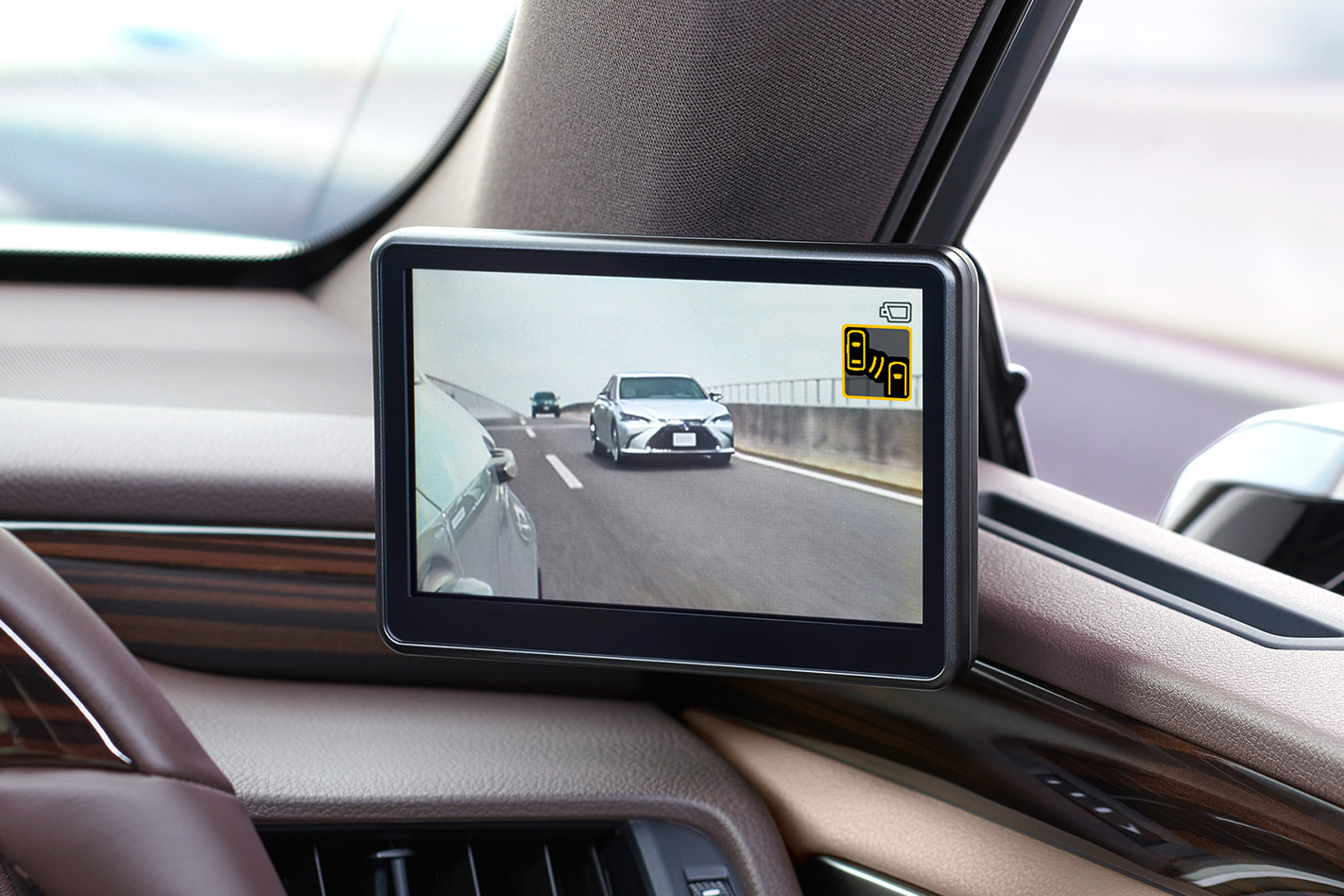
Finally, the low profile camera housings create less wind resistance, which has the potential to cut fuel consumption – although presumably only by a small amount.
Of course the system costs more than a pair of simple mirrors, but like so many pioneering systems in high-end models customers are often prepared to pay a premium for the advantages in safety and convenience.
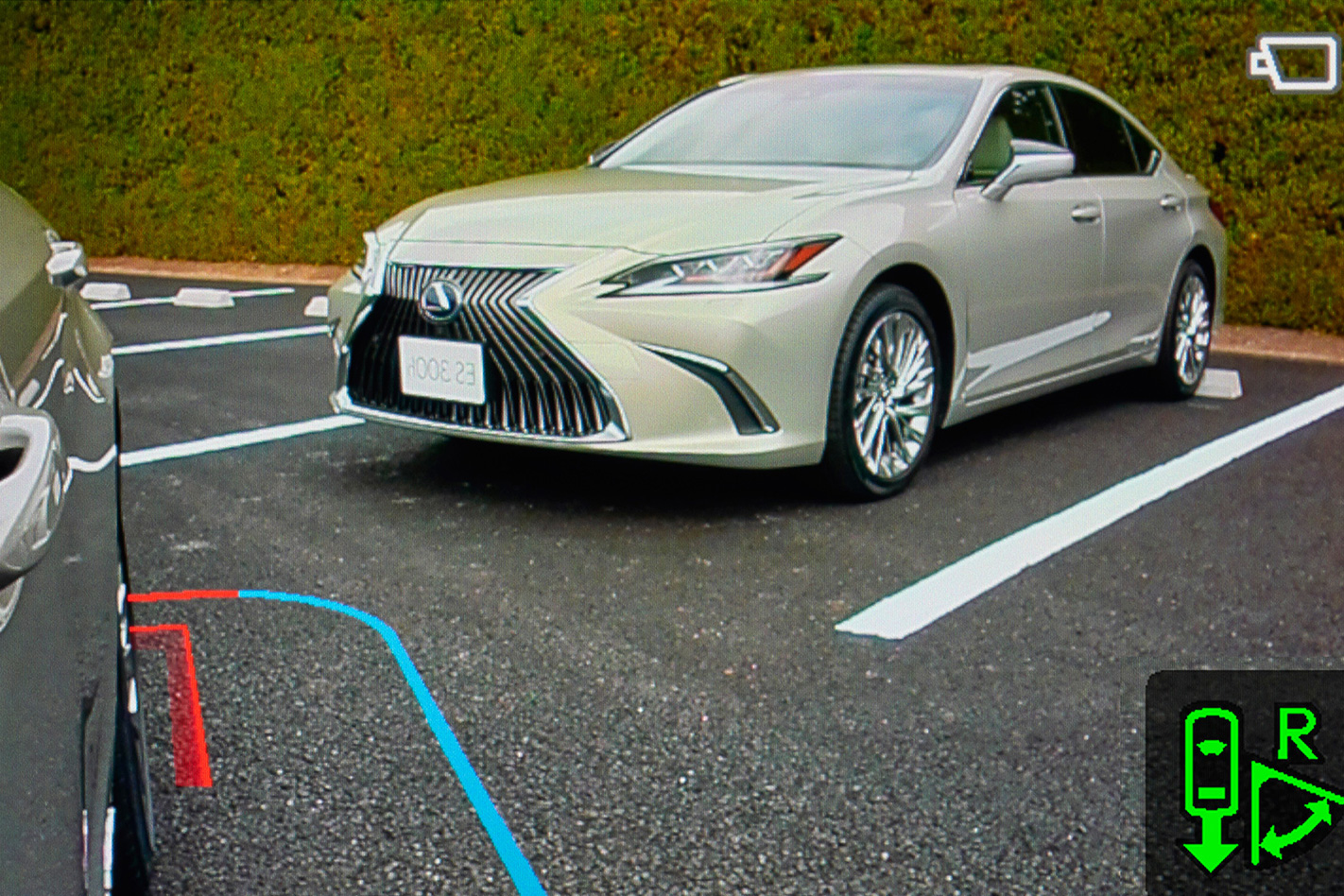
For now, Digital Side-View will only be offered in Lexus’ native Japan, but the ES has coaxed the previously outlandish idea out of the concept car realm and into the real world, and already other brands are moving in the same direction. In fact, Lexus’ rival Audi just unveiled its e-tron electric SUV earlier this week with – guess what – side-mounted cameras instead of mirrors.


